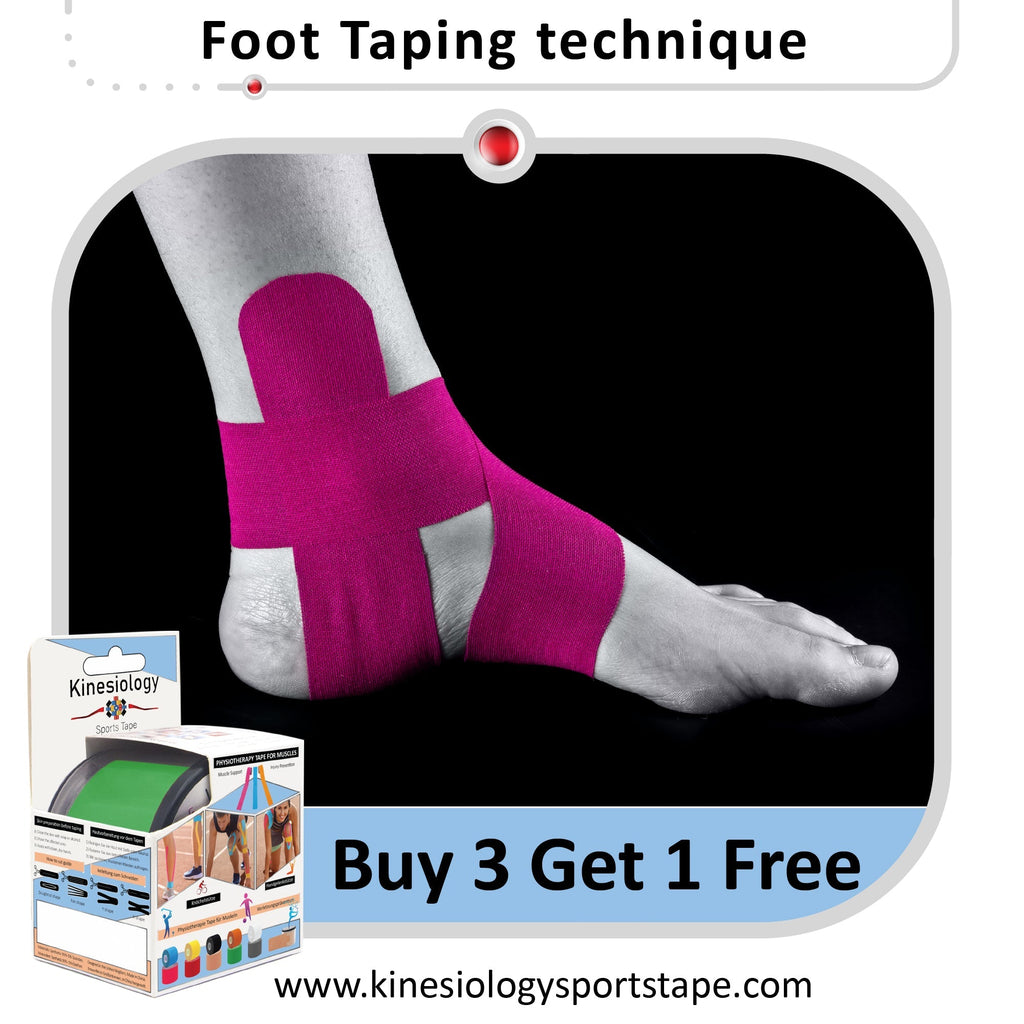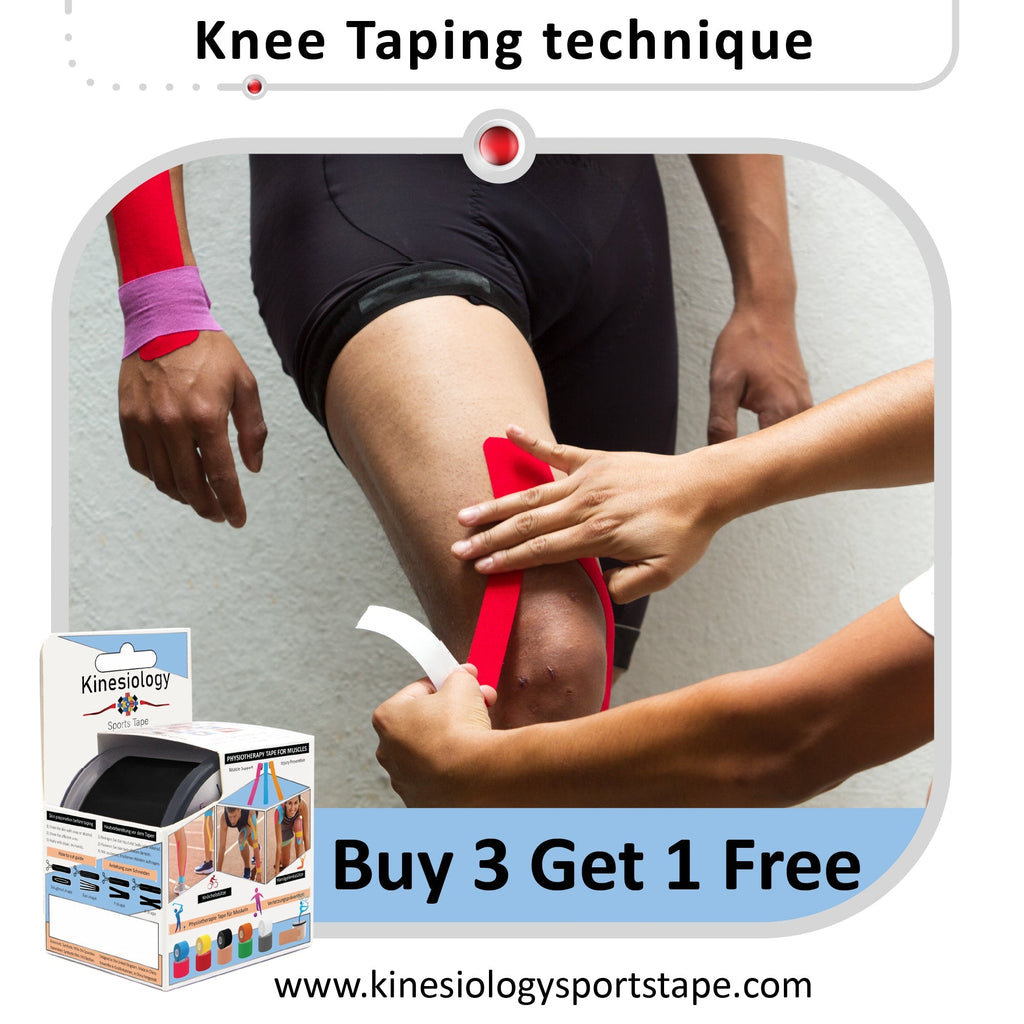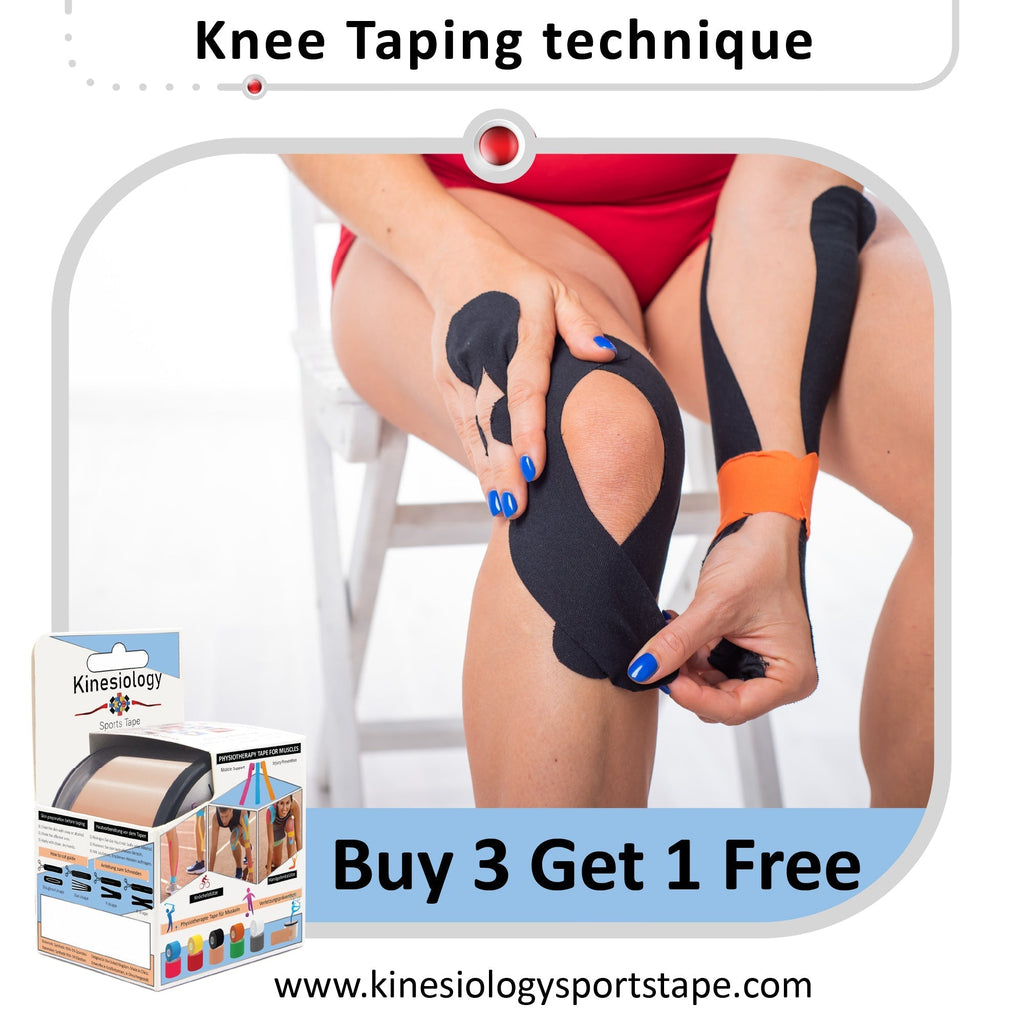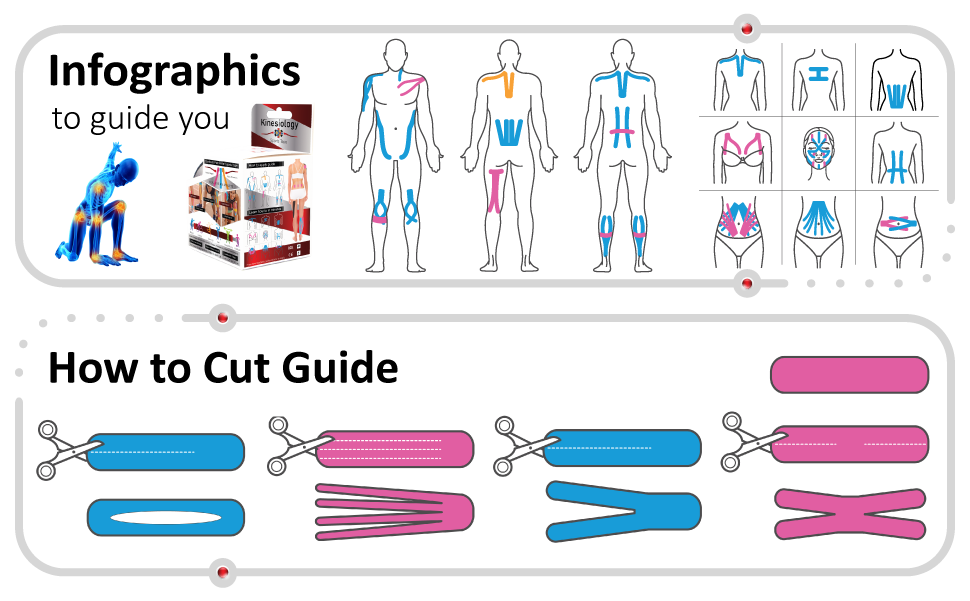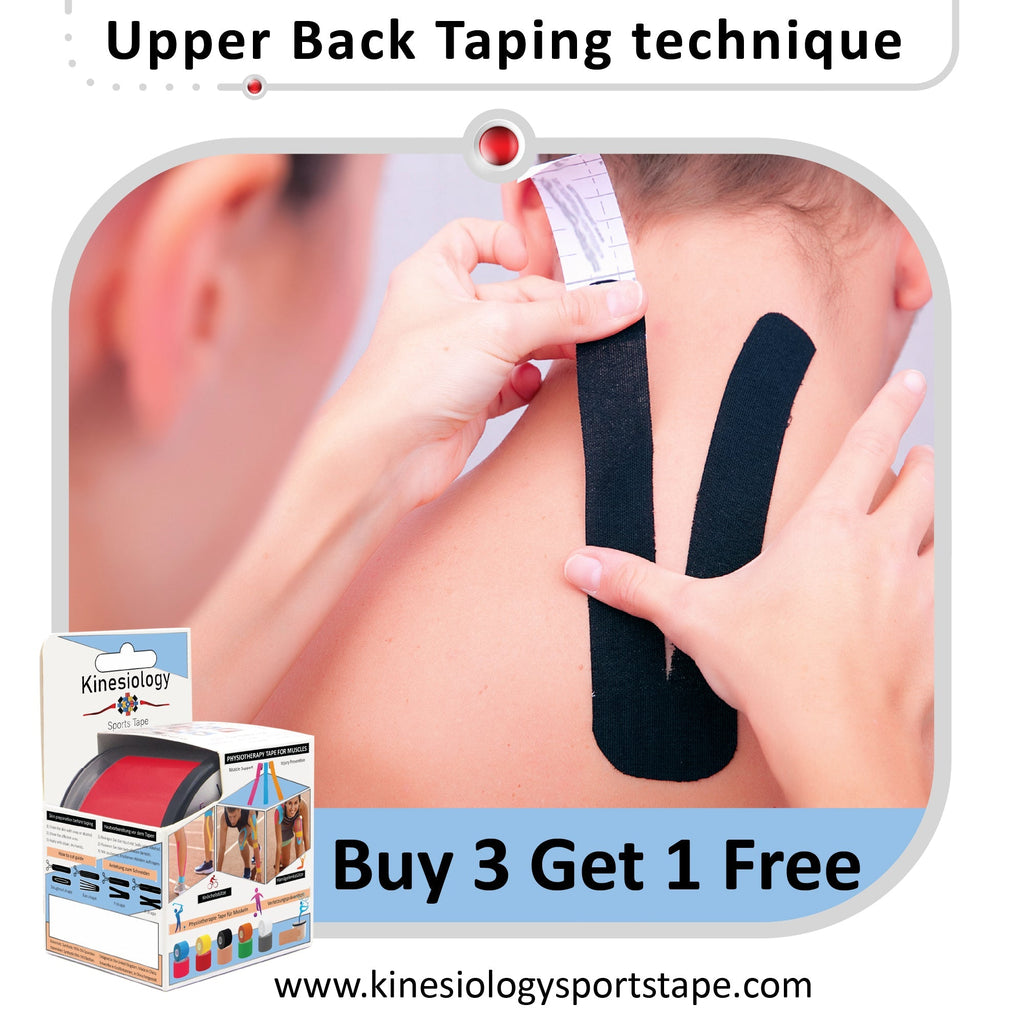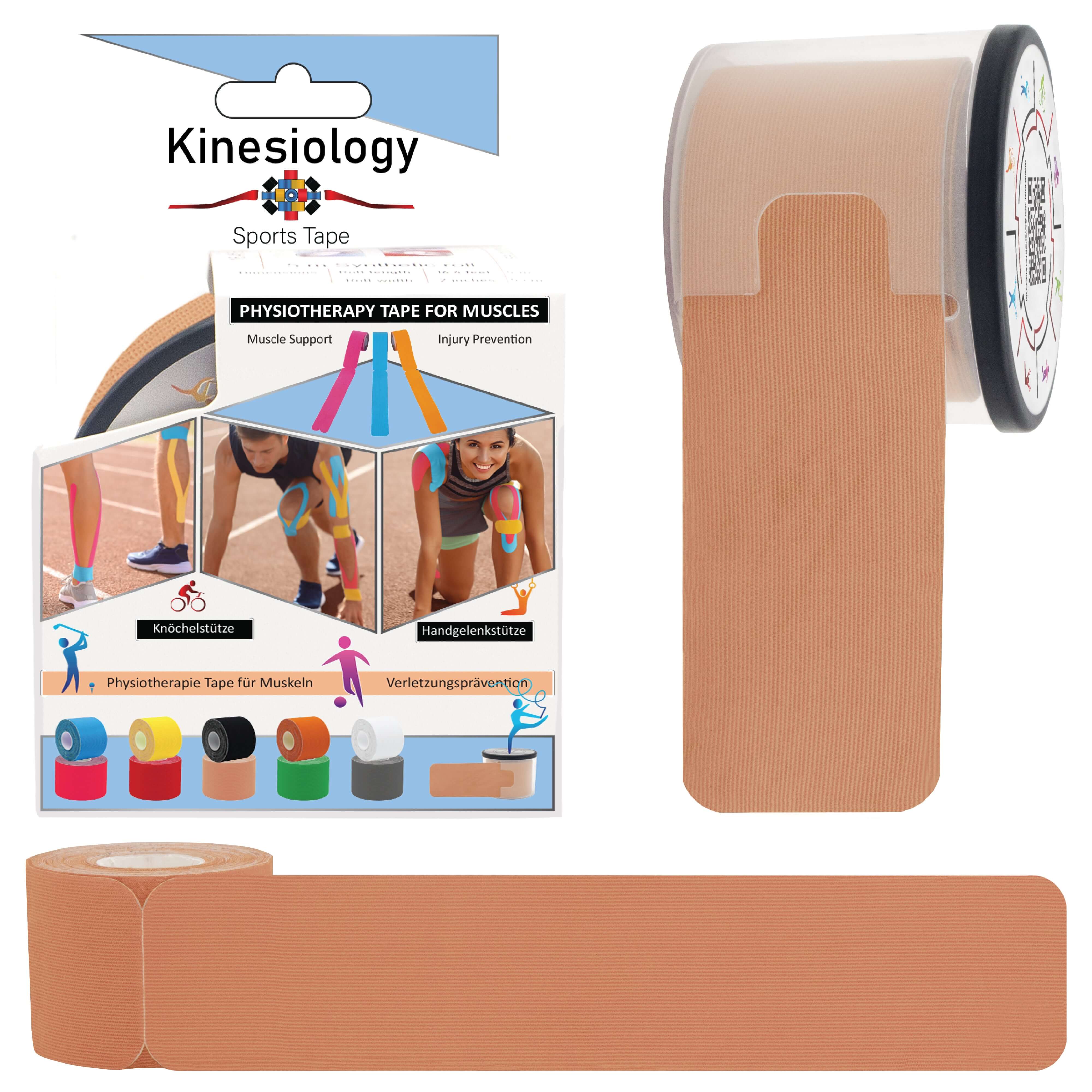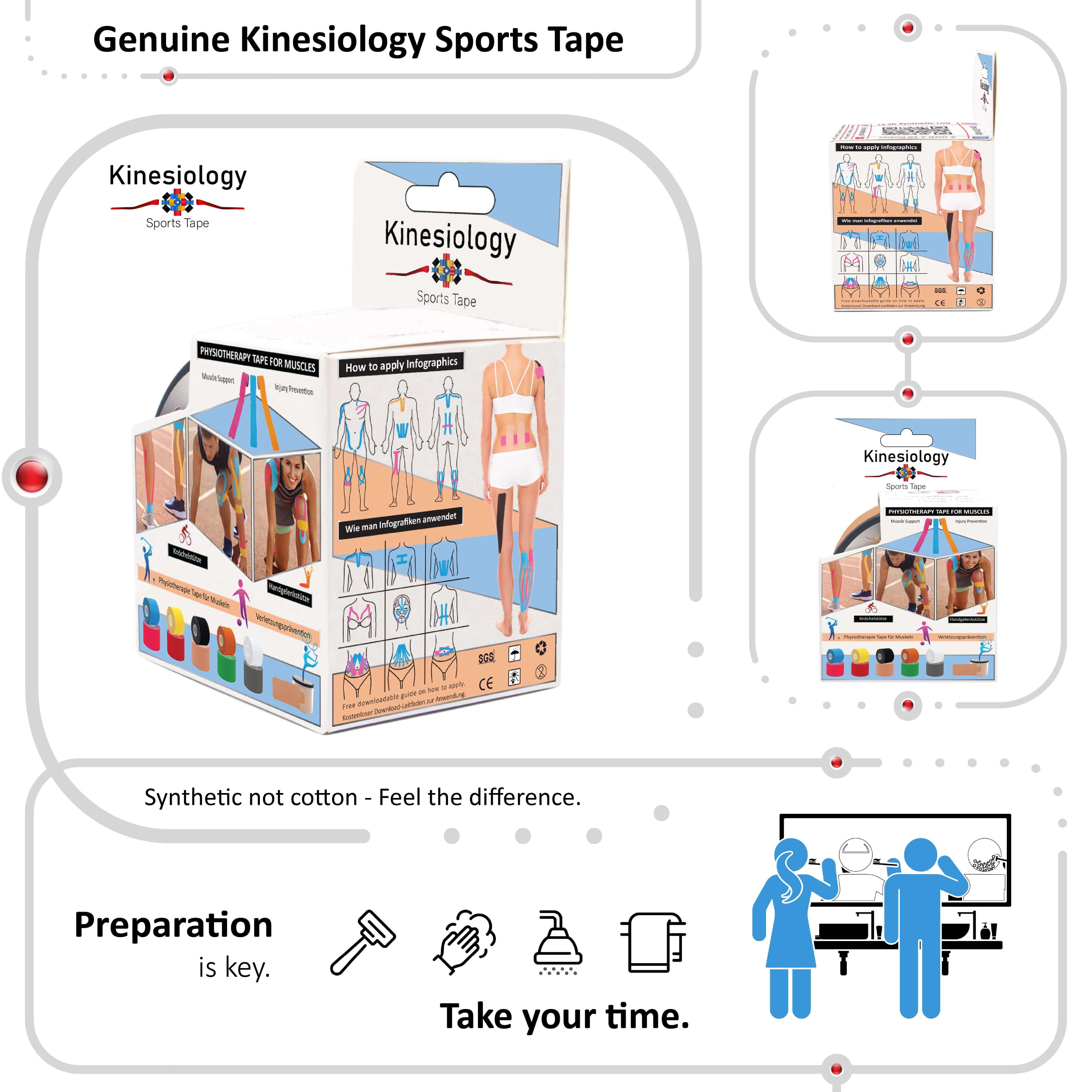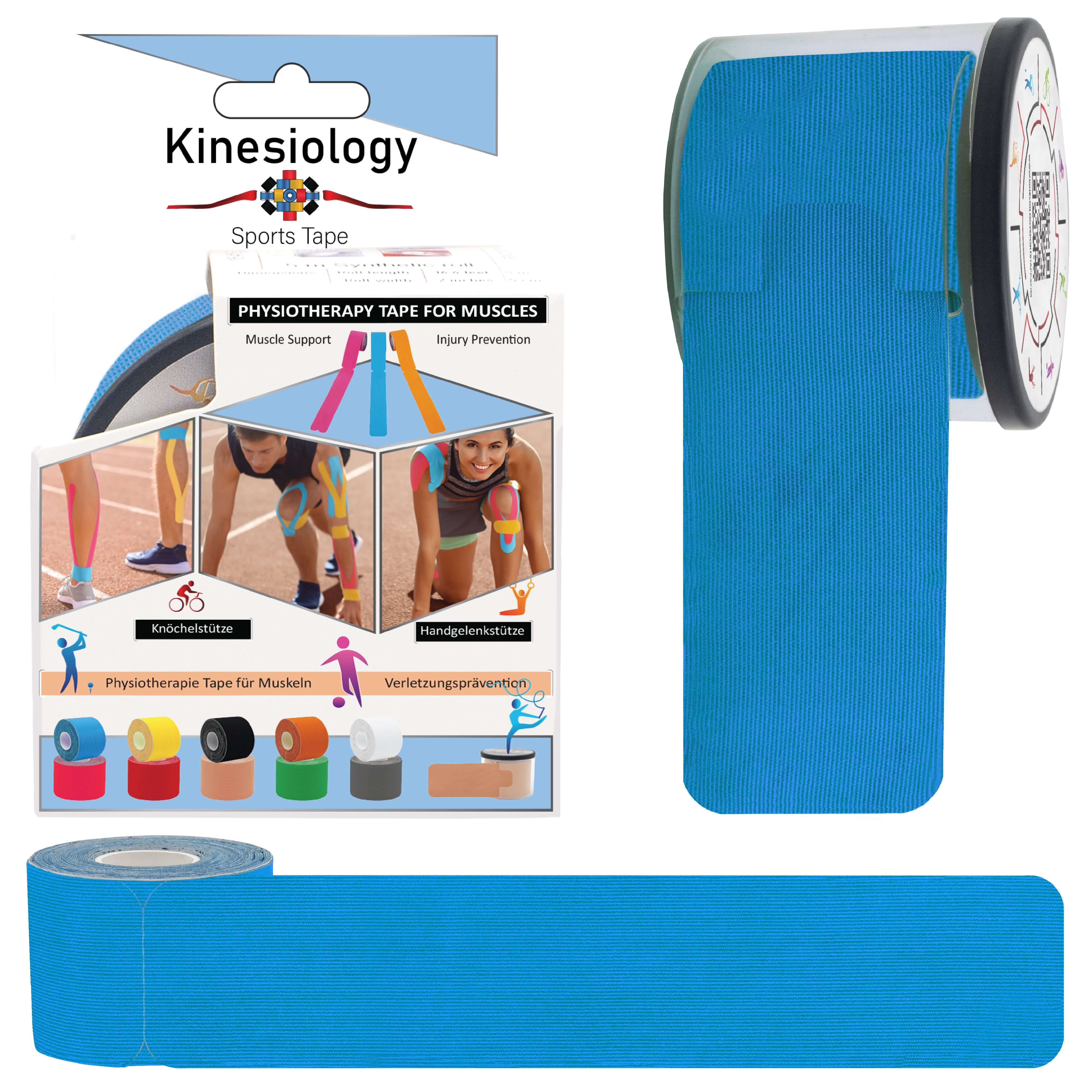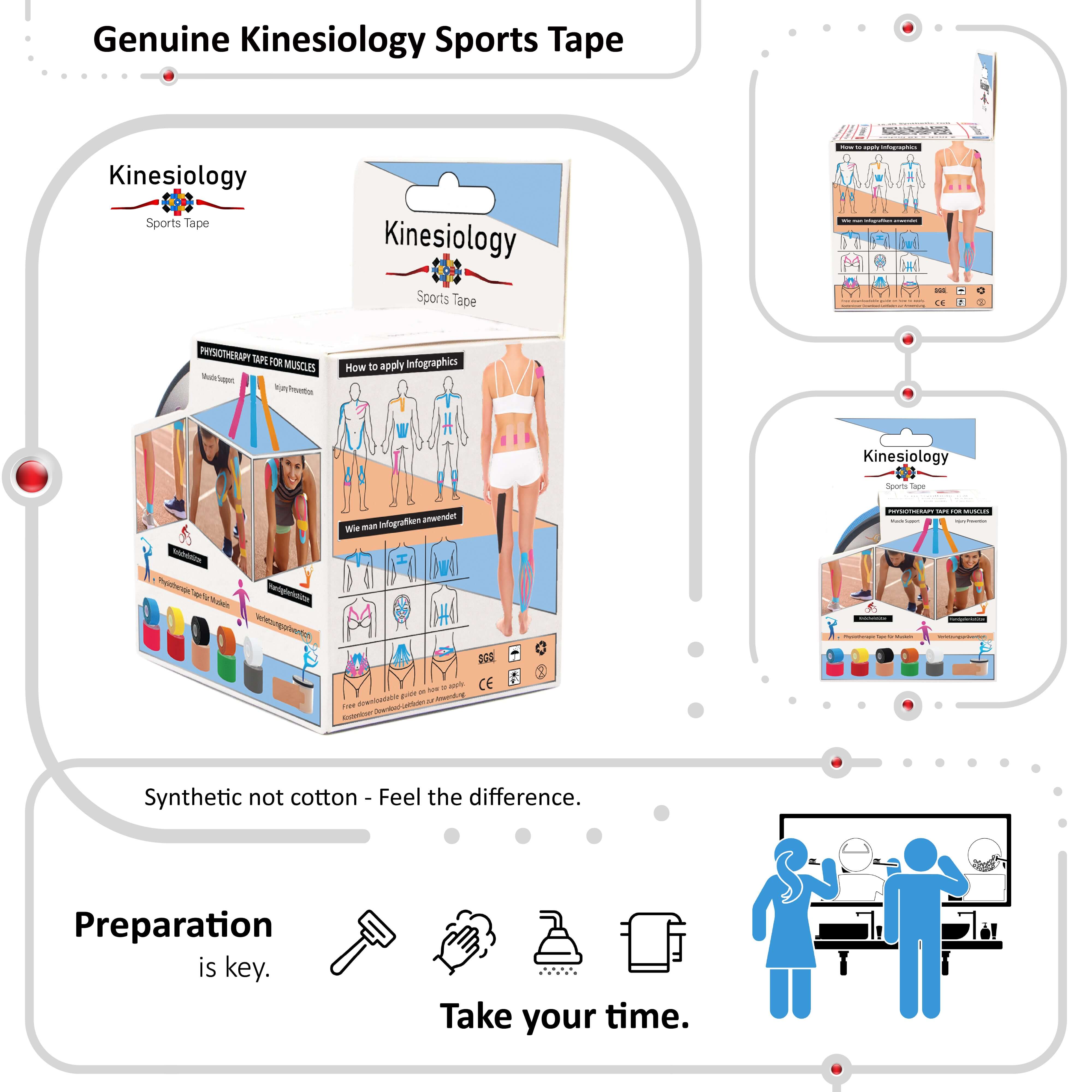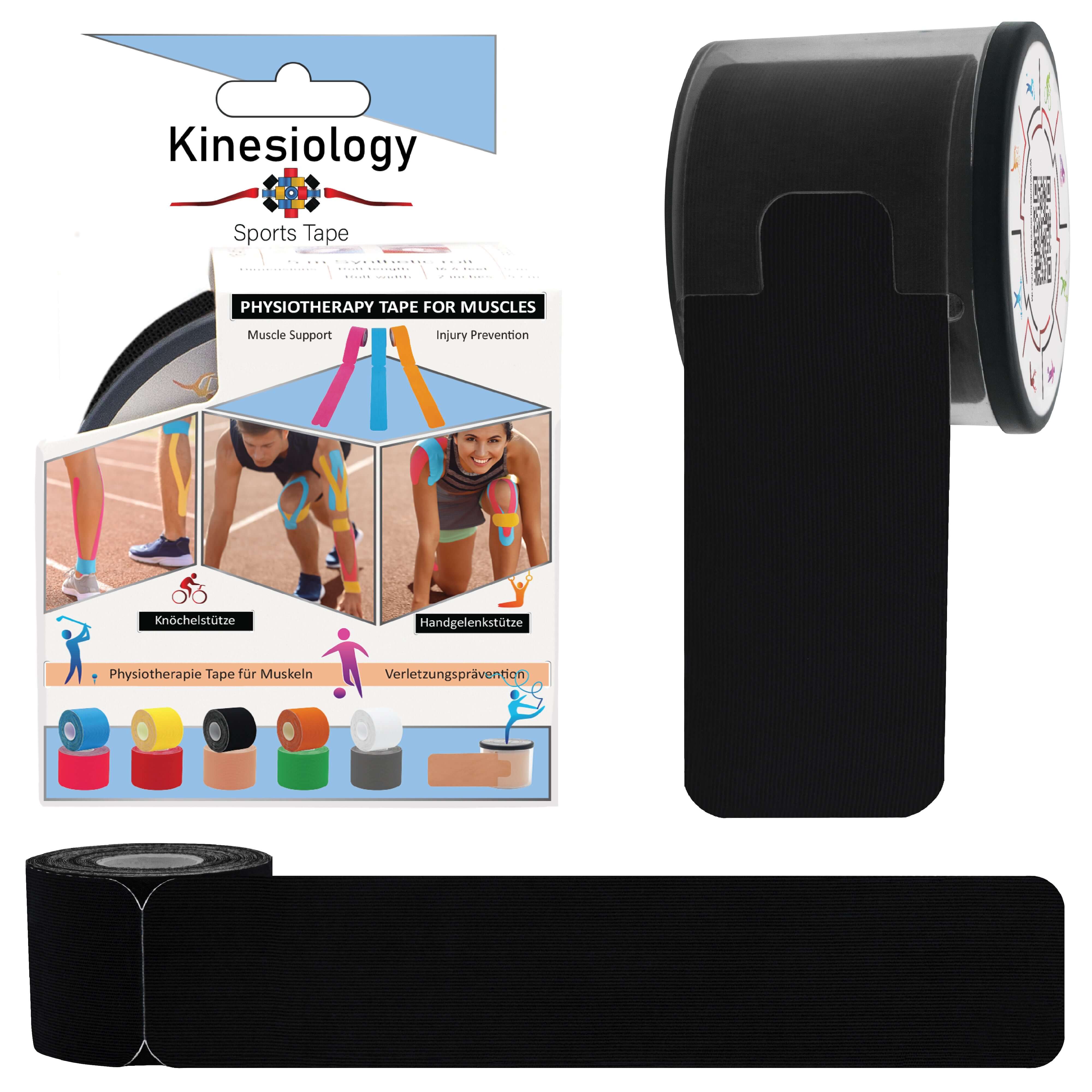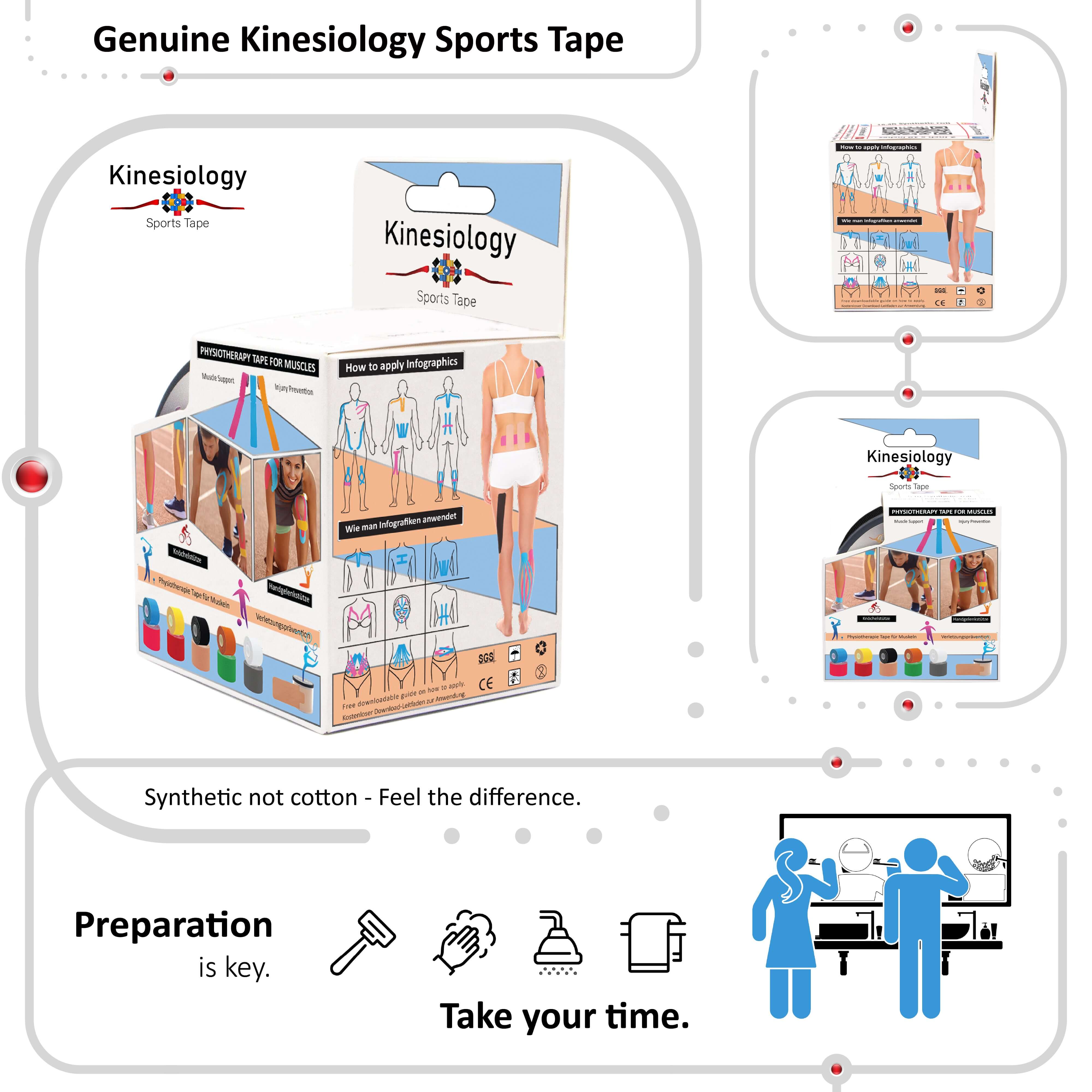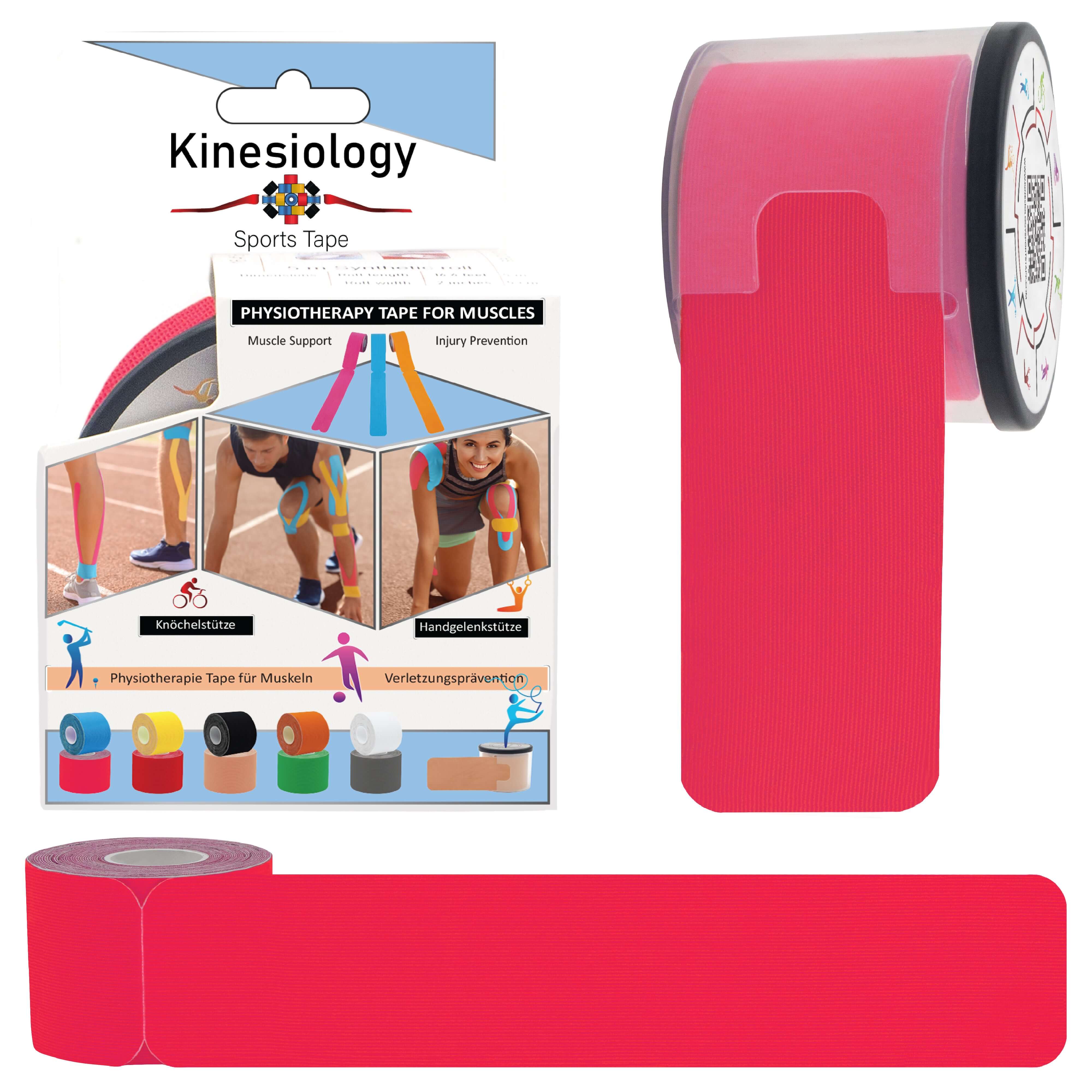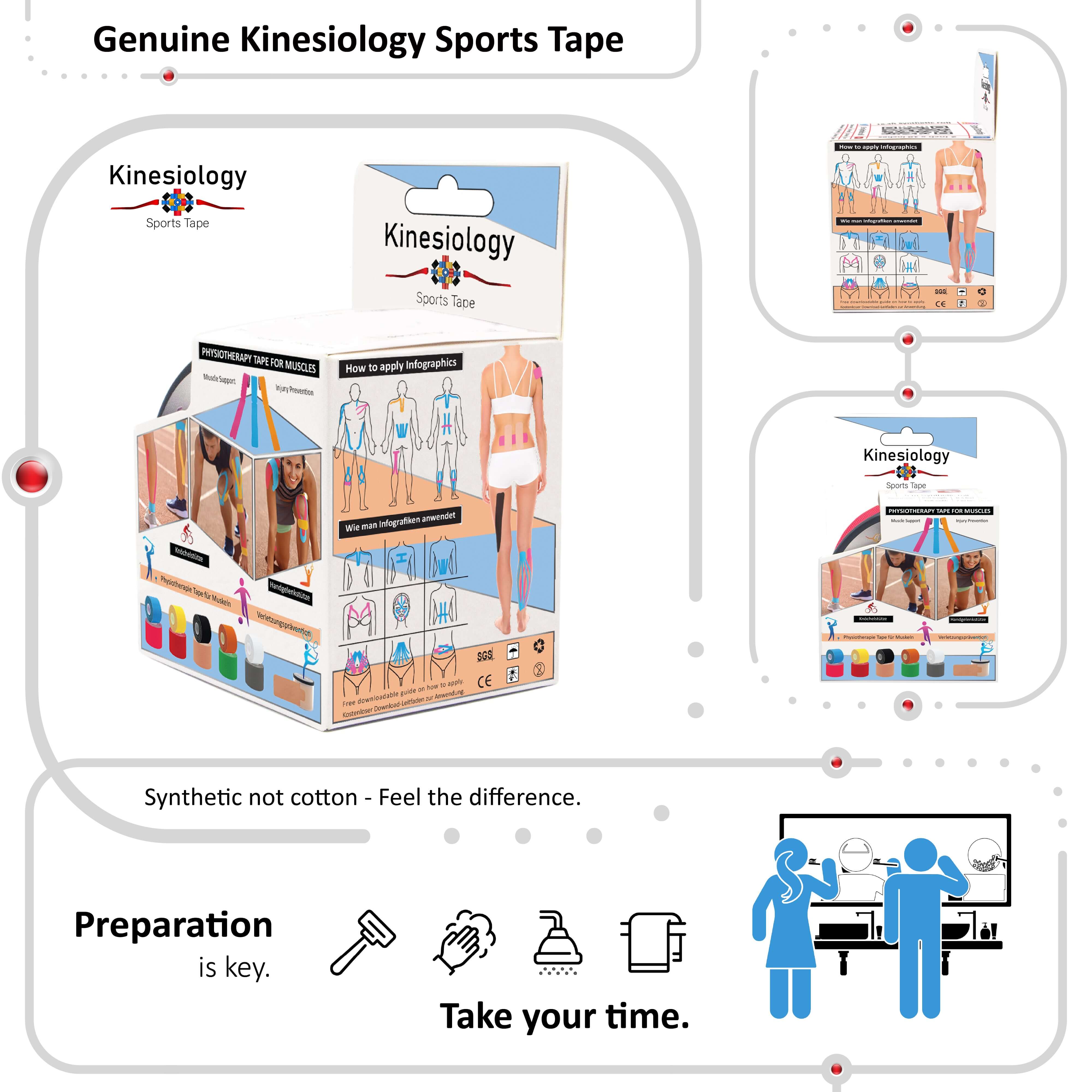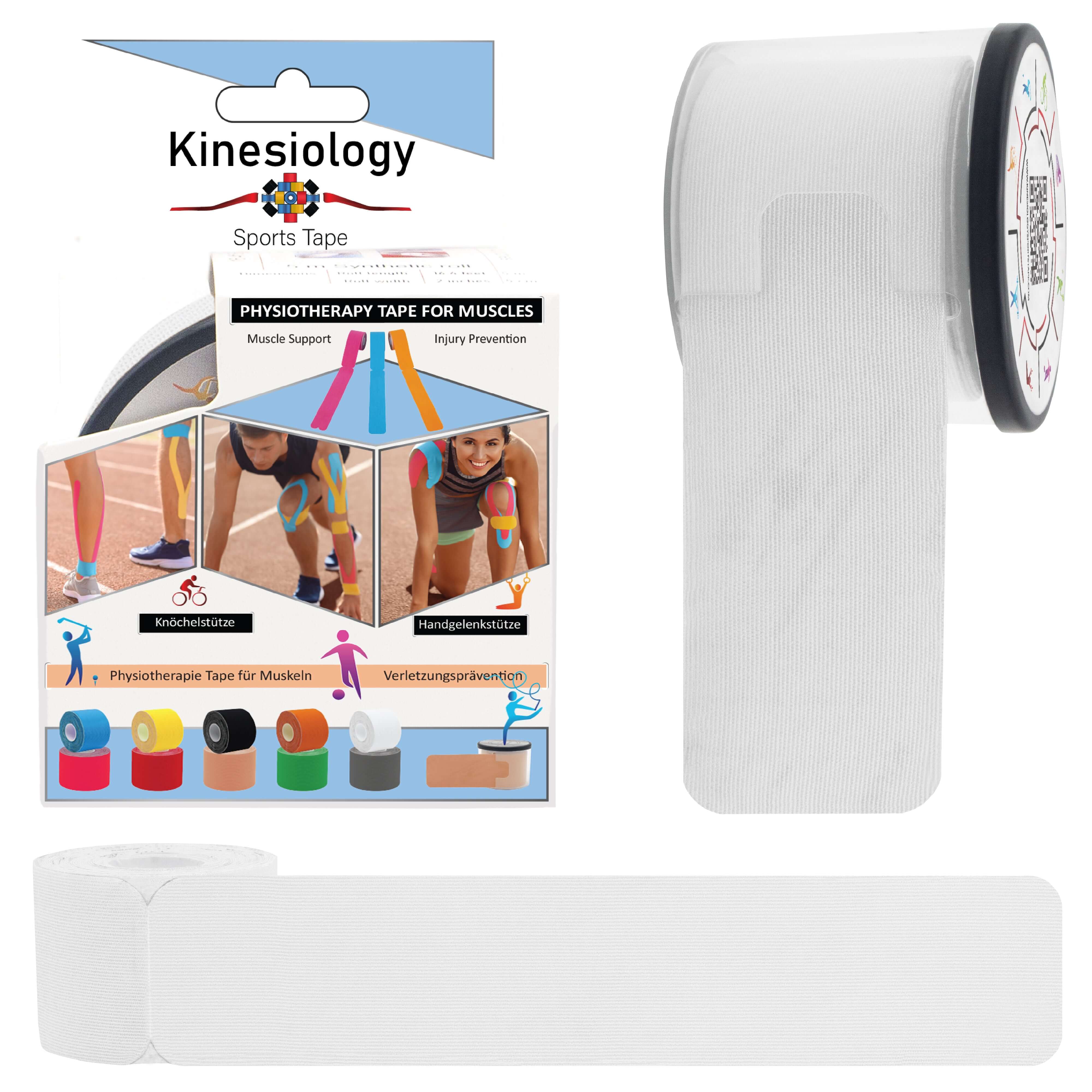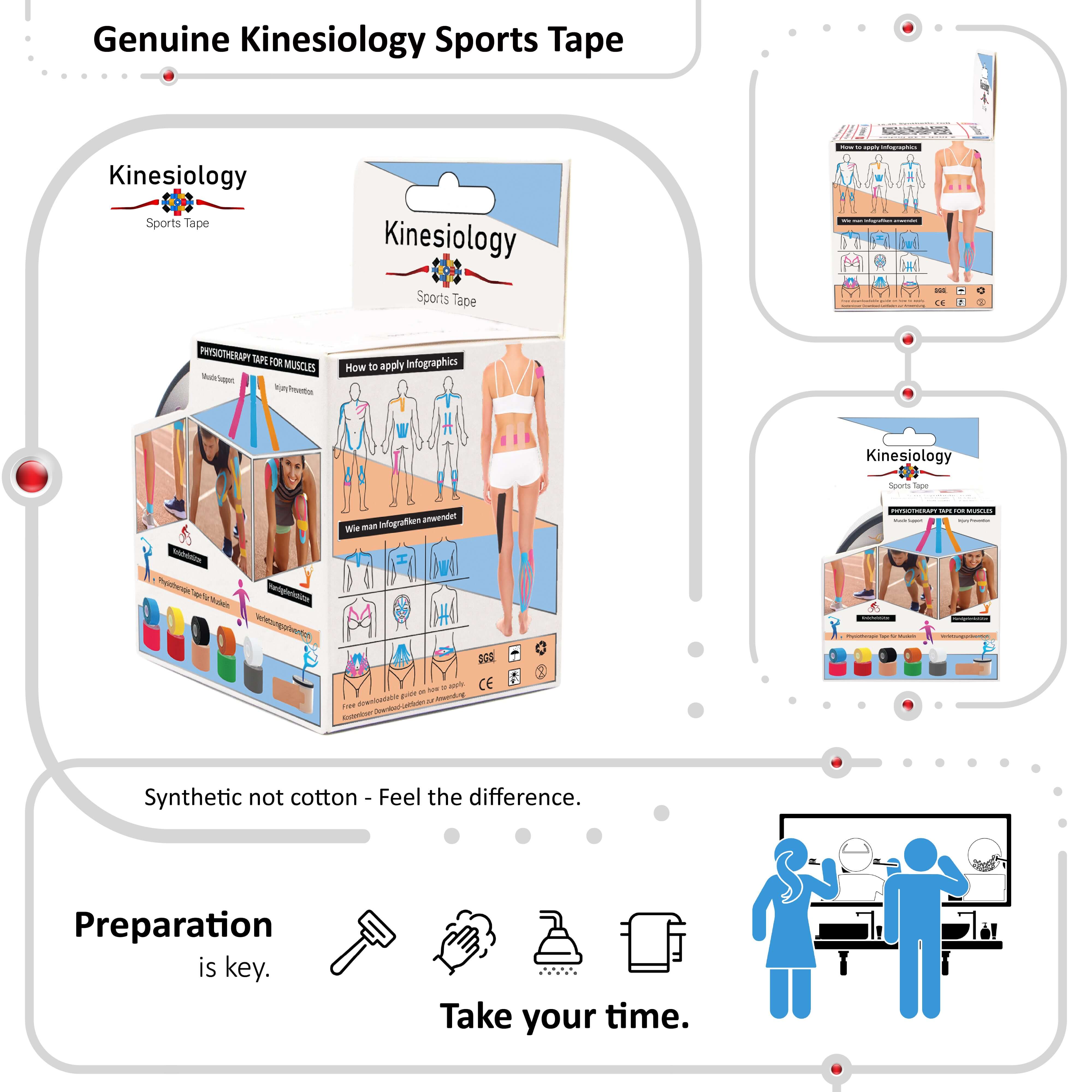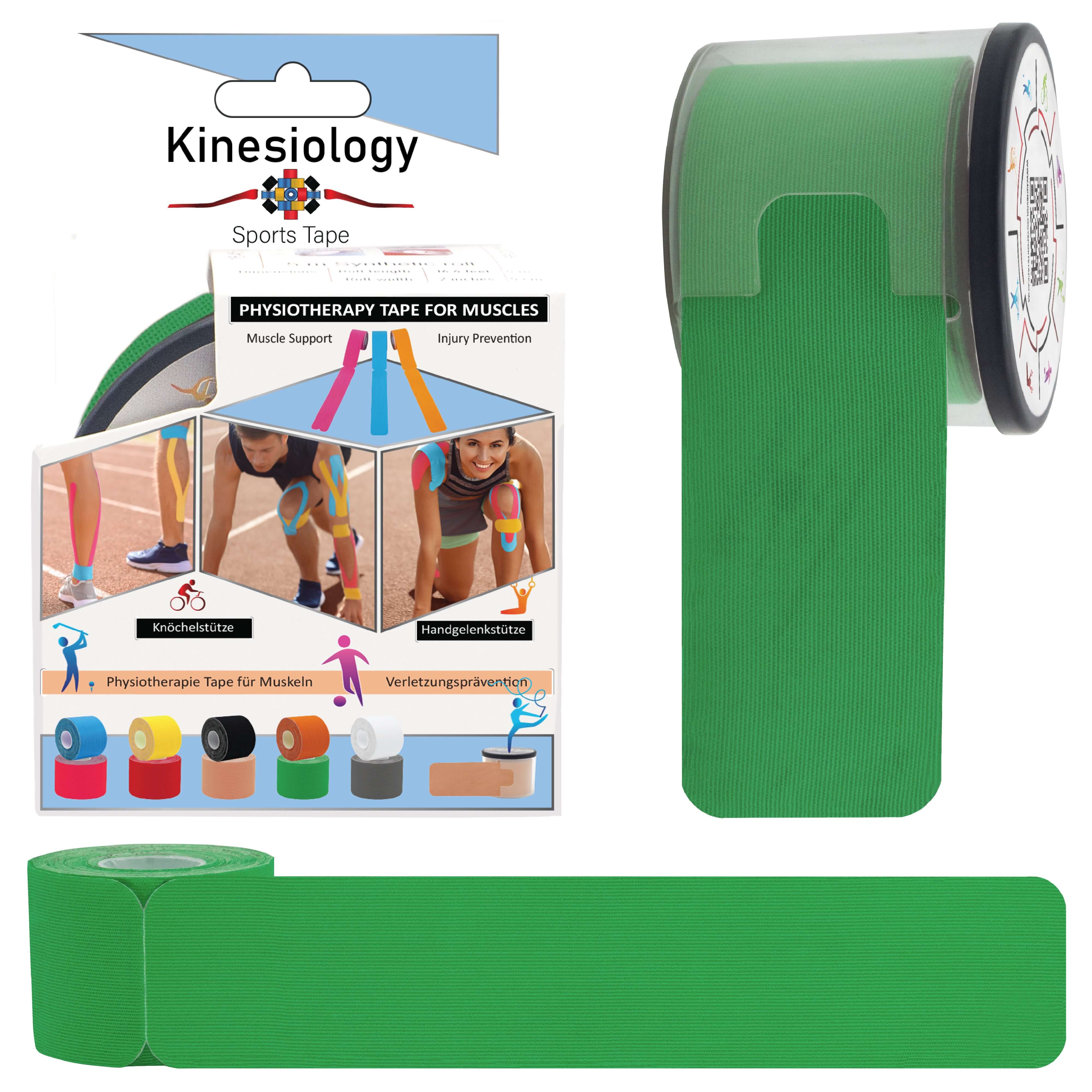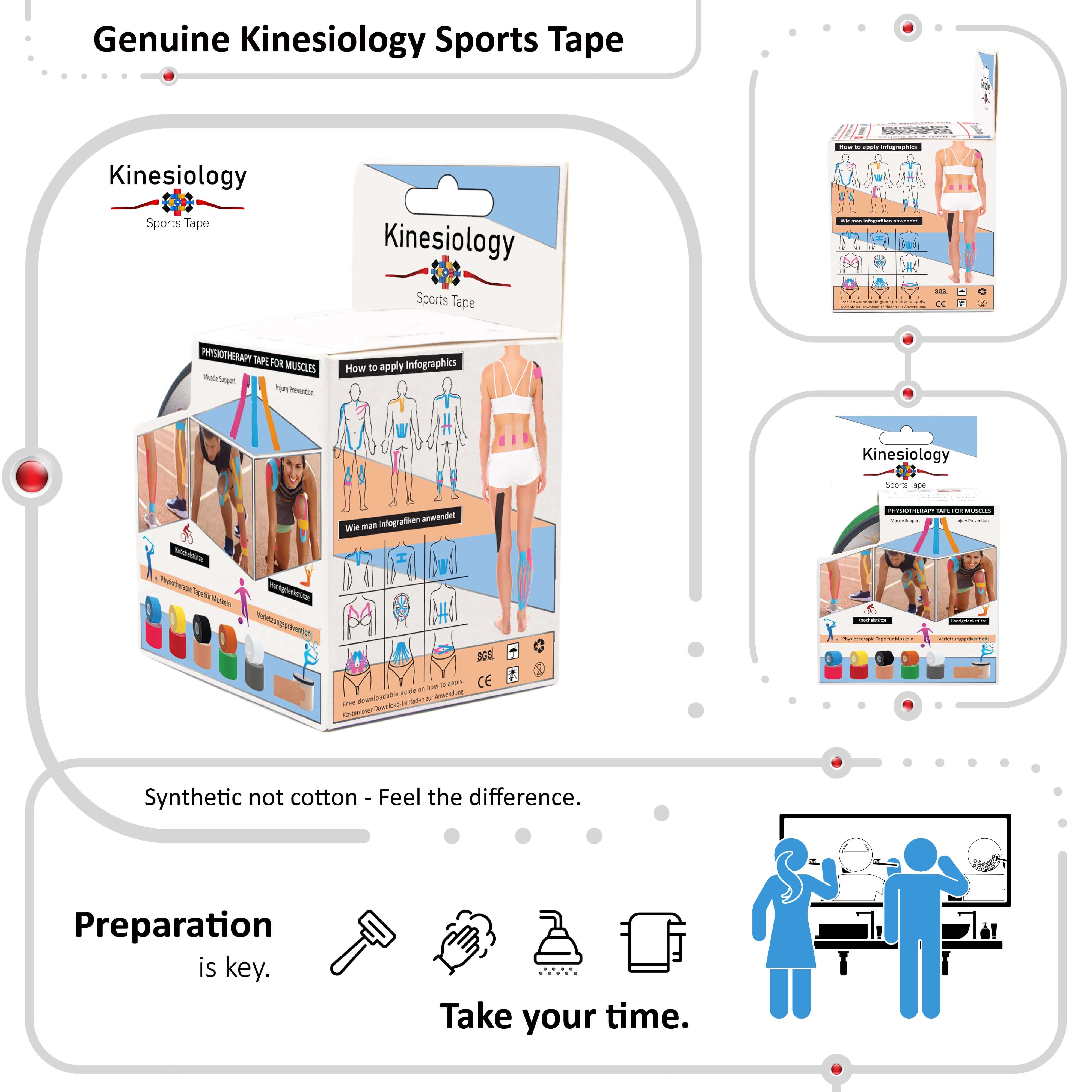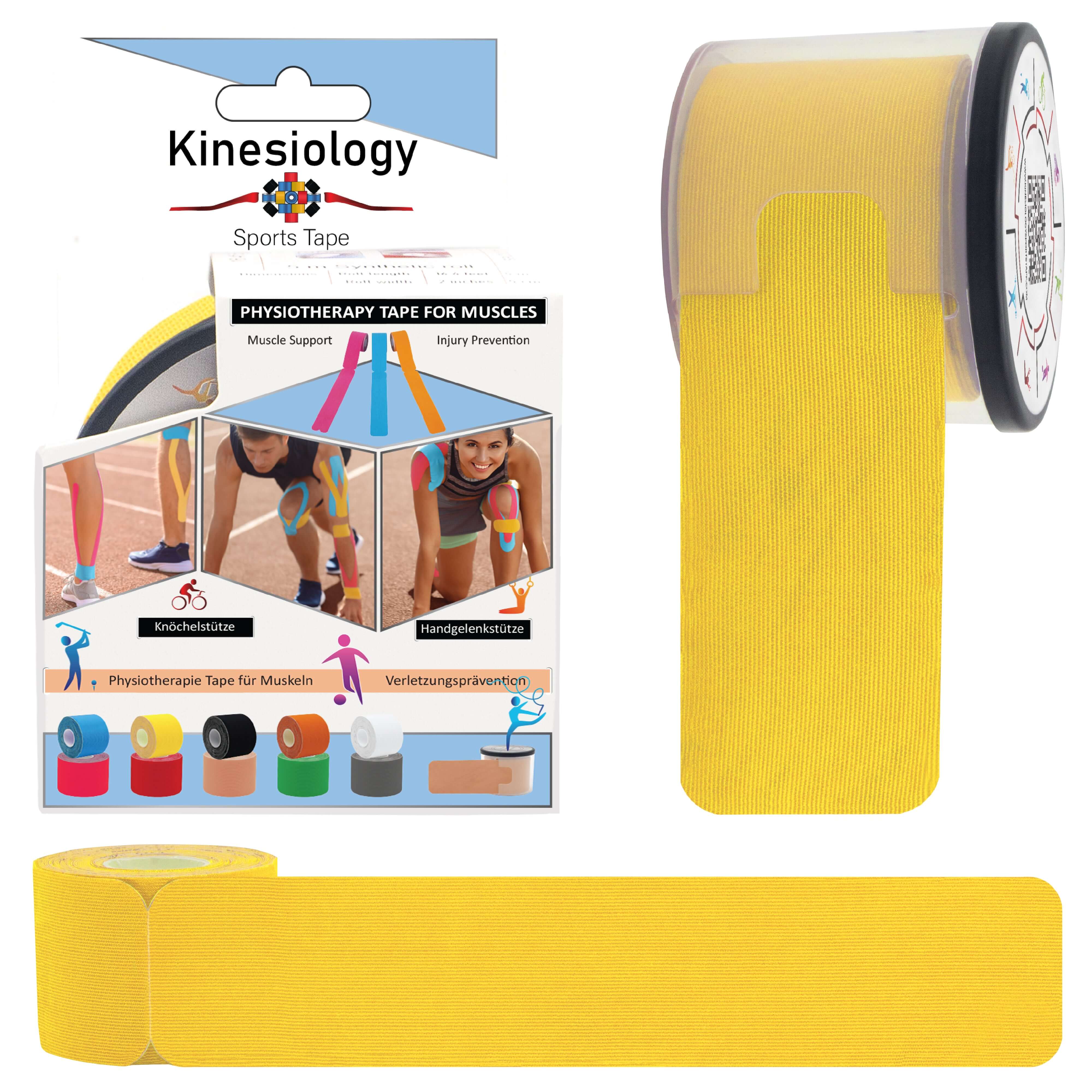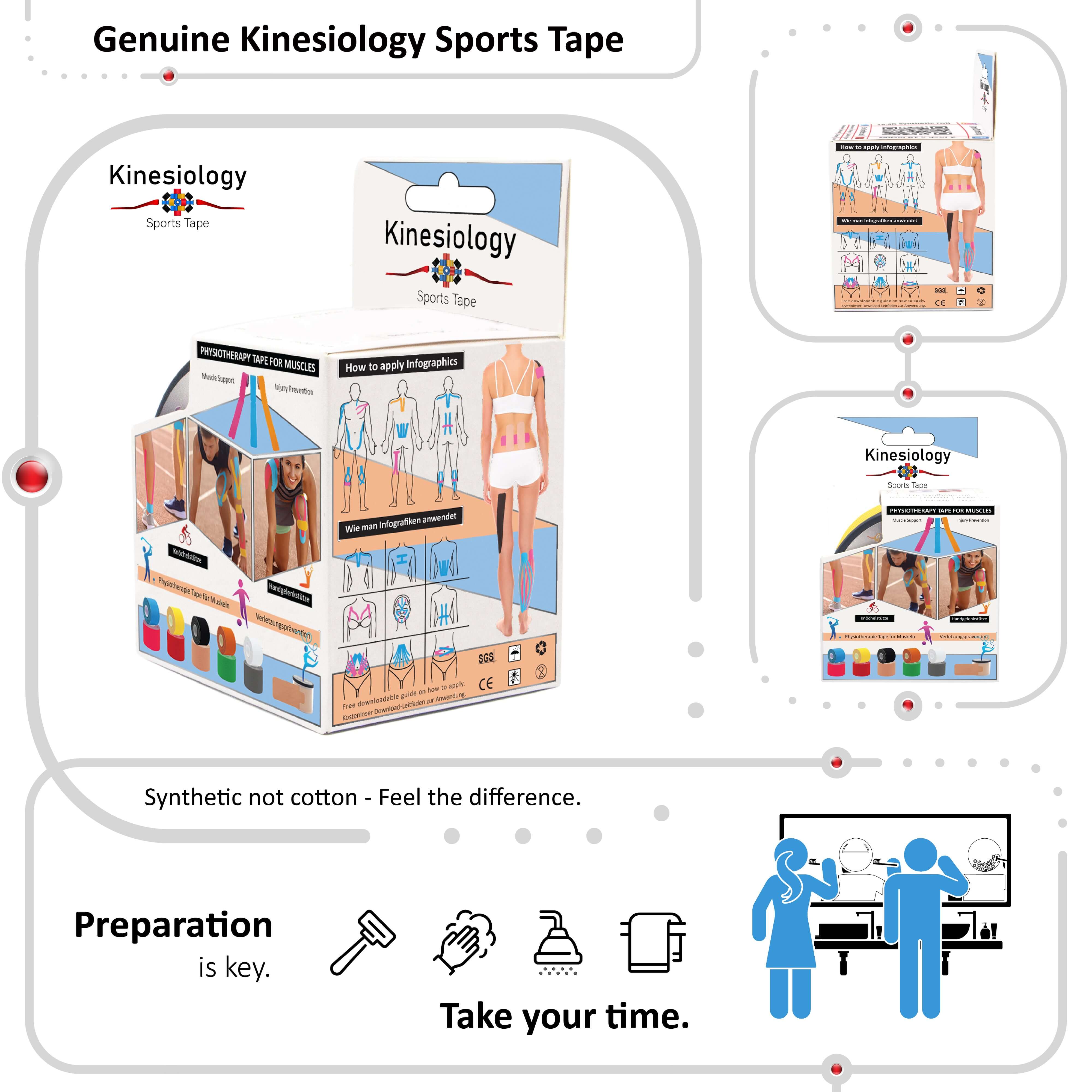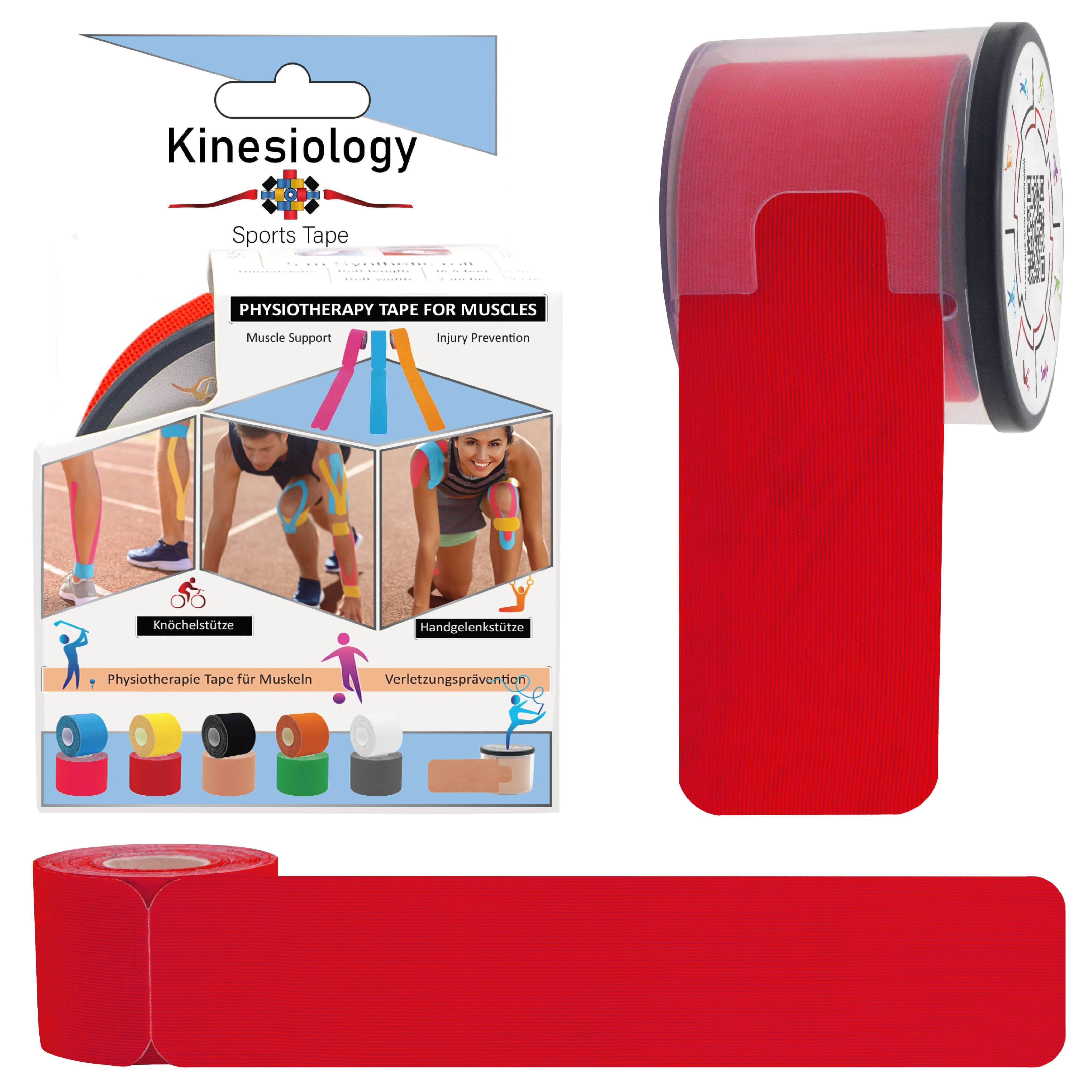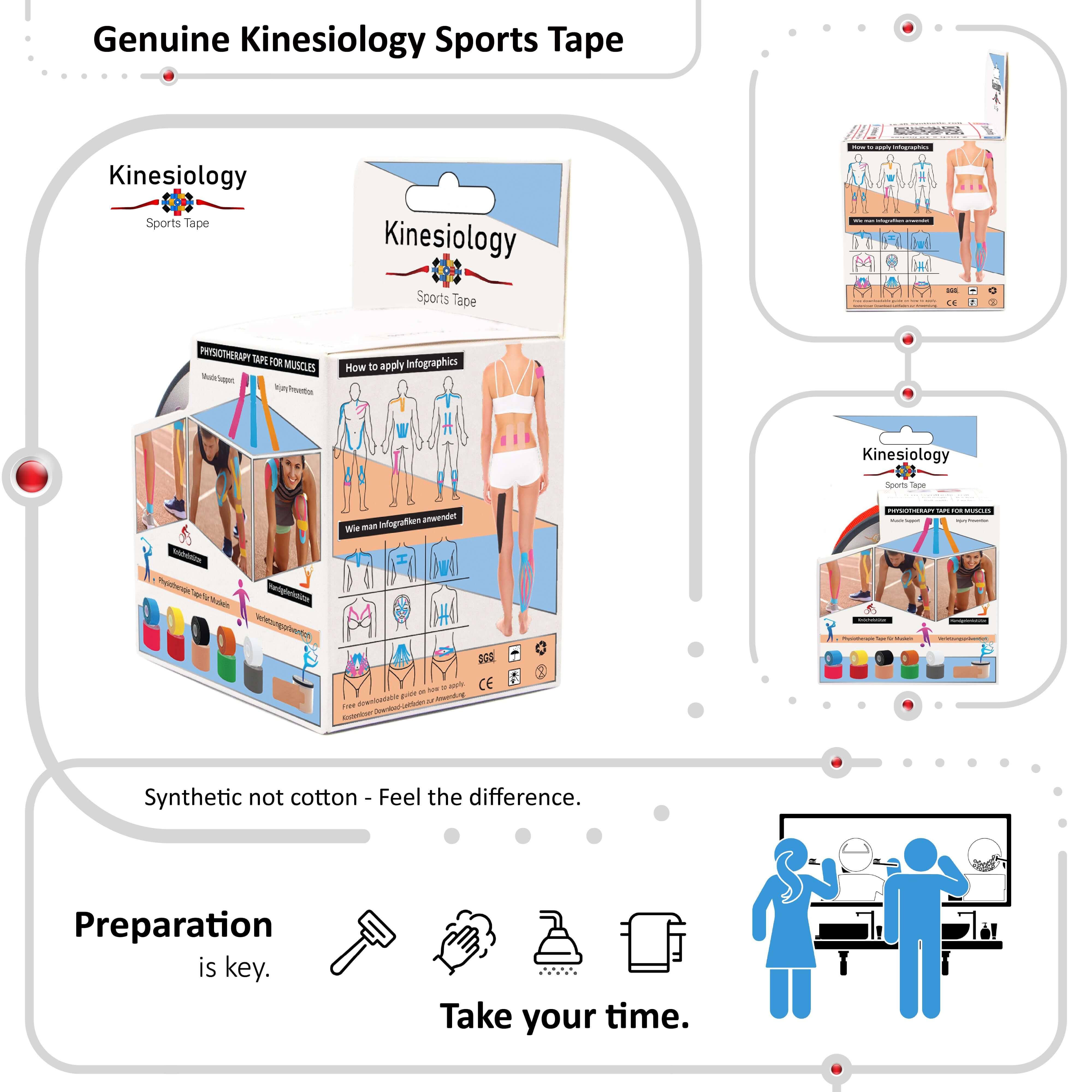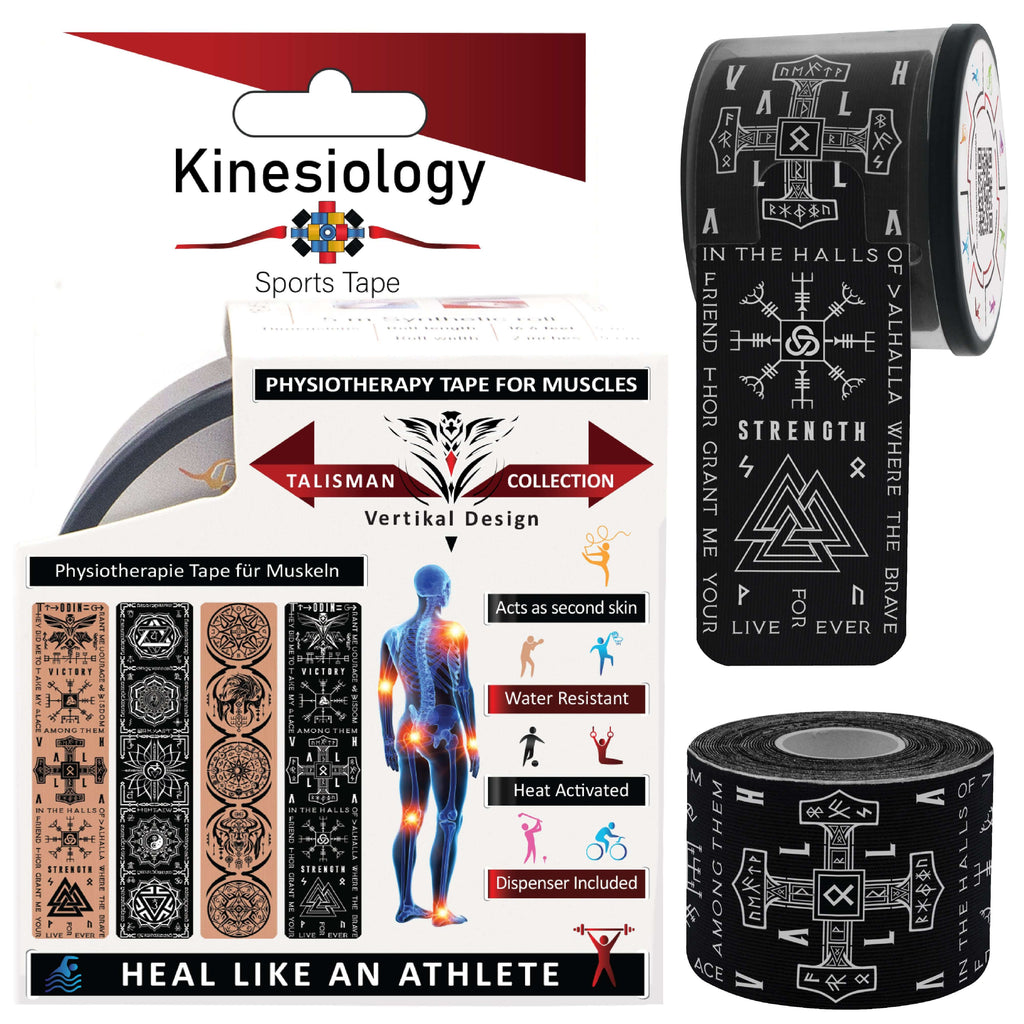
Top 10 Benefits and Uses of Kinesiology Tape (KST Tape) What It Can and Can’t Do for You

Kinesiology tape often called KST tape is more than just a trendy athletic accessory. Whether you're recovering from injury, dealing with chronic pain, or optimizing athletic performance, this stretchy, skin-like tape is used to support muscles, reduce inflammation, and promote healing without restricting movement.
But what are the actual benefits of kinesiology tape? And how do they apply in real-world situations?
Let’s explore the top 10 uses of kinesiology tape what it claims to do, how it works, and when you might want to give it a try.
✅ 1. Muscle Support Without Restriction
Unlike traditional rigid athletic tape, KT tape allows full range of motion. This is crucial during rehab or sport-specific movement. Depending on how it's applied, KT tape can:
-
Facilitate underactive muscles
-
Inhibit overactive or tight muscles
-
Help stabilize muscles during intense physical activity
Common example: Supporting the quads or hamstrings during running or jumping activities.
✅ 2. Pain Relief via Neurological Pathways
KT tape stimulates the skin’s sensory receptors, which may help block pain signals from reaching the brain—a phenomenon known as the Gate Control Theory of pain.
Clinical example: Taping the lower back for muscle strain to decrease discomfort during everyday movement.
✅ 3. Reduction of Swelling and Inflammation
One of the more researched uses of kinesiology tape is its ability to improve lymphatic flow by gently lifting the skin, which:
-
Reduces pressure on lymph vessels
-
Increases drainage of excess fluid
-
Decreases swelling in acute injuries or post-surgery
Example: After an ankle sprain or knee surgery, lymphatic taping techniques can aid recovery.
✅ 4. Improved Joint Stability
While KT tape doesn’t offer the rigid support of athletic tape or braces, it can assist proprioception and provide a subtle guiding force around joints.
This helps reduce the risk of re-injury without limiting function.
Commonly taped joints:
-
Knees (patellar tracking issues)
-
Shoulders (impingement or instability)
-
Ankles (post-injury support)
✅ 5. Enhanced Posture and Alignment
KT tape is often used as a tactile reminder to maintain better posture. The gentle tug of the tape activates sensory feedback, which encourages:
-
Upright posture
-
Balanced scapular positioning
-
Neutral spine alignment
Example: Postural taping across the upper back to counteract forward head posture and slouching.
✅ 6. Faster Recovery from Exercise
Some athletes use KT tape for muscle recovery post-workout. While evidence is limited, the theory is that increased circulation and reduced pressure on tissues may:
-
Accelerate the removal of metabolic waste
-
Decrease delayed onset muscle soreness (DOMS)
Best used in: Triathletes, runners, and CrossFit athletes after competitions or long workouts.
✅ 7. Scar Management and Tissue Mobility
KT tape is increasingly used in post-operative scar treatment, particularly in plastic and orthopedic surgery. The tape can help:
-
Break up adhesions
-
Encourage proper collagen alignment
-
Improve mobility of the skin and underlying tissues
Popular with: Physical therapists in post-surgical rehab settings.
✅ 8. Chronic Conditions Like Plantar Fasciitis or IT Band Syndrome
KT tape has gained popularity for chronic pain management and conditions with movement restrictions. Some tape patterns target fascial lines and muscle chains, offering:
-
Mechanical offloading
-
Improved muscle activation or inhibition
-
Pain modulation over time
Effective taping targets:
-
Plantar fascia
-
Iliotibial band (ITB)
-
Achilles tendon
-
Lower back
✅ 9. Support During Pregnancy
During pregnancy, KT tape can relieve pressure on the lower back and abdomen, helping with:
-
Postural shifts
-
Round ligament pain
-
General discomfort in the third trimester
Special pregnancy-safe taping patterns are used, and they’re often preferred over rigid braces.
✅ 10. Psychological Boost & Confidence
While it might seem minor, many athletes report that KT tape gives them a sense of stability and confidence. This could be due to the tactile feedback, or the visual cue reminding them of protection and awareness of their body.
Placebo or not, confidence can improve performance and reduce pain perception.
⚠️ Important Caveats
While kinesiology tape offers many potential benefits, keep in mind:
-
It’s not a cure for injuries
-
Benefits are often short-term or supportive
-
It should be used alongside rehab, not instead of it
-
Proper application is critical—wrong tape jobs can be ineffective or irritating
📚 Backed by Science? A Quick Review
What the Research Supports:
-
Mild pain relief
-
Short-term improvements in function and proprioception
-
Swelling reduction in acute and post-operative cases
What’s Less Conclusive:
-
Long-term injury prevention
-
Muscle performance enhancement
-
Recovery speed for DOMS or fatigue
🧠 Final Thoughts: When to Try KT Tape
Kinesiology tape is a versatile, non-invasive, low-risk tool. If used properly:
-
It can support recovery and performance
-
It may reduce pain and inflammation
-
It can help you stay active and aware during healing

